Yushu × Mitch
Preface
“In the past eight years of Yushu, we can basically understand the panorama of Chinese young craftsman. Japanese craft has been fully developed in China, but only European and the American are blank. Therefore, I chose to come to Britain, hoping that Yushu can make its modest contribution and become a bridge between the East and the West.
We are very grateful to meet Mitch. Although he is only in his thirties, he can accurately control his entire creative system and spirit. Through comprehensive and complete thinking, testing and training, Mitch transcends all kinds of boundaries and makes his works reach the center of aesthetics and thought, which I admire very much. In the five Q&A questions between him and me, we can see his high requirements for the creative realm through his precise language expression, which is also the reason why I chose him as the first exhibition of Jade Book UK. I hope that through this cooperation, we can convey the common values and philosophy of Mitch and Yushu, and determine the future development position of Yushu. We look forward to it together!”
—— Andy Wong, Founder of Yushu
Artist Statement
My practice as a ceramic artists is a way of understanding and honoring the place where I live. My work begins by collecting, testing, researching local clays, sand, and stones found throughout the state of Minnesota. Through this material research, the hidden history of the glaciers, ancient seas, and volcanoes that have shaped the landscape around me becomes visible. My hope is for each piece to convey the quiet beauty and dynamic energy of these natural forces.
In 2018, my partner Zoë Powell and I established ‘Studio Alluvium’ inside a 100 year old industrial building in the city of Saint Paul, Minnesota. The studio is our personal workspace, gallery, and classroom for teaching workshops. We chose this name because of how it relates to our practice. ‘Alluvium’ is a geologic term for sediments like clay, sand, and stone that have been transported from one location not another by flowing water. In a similar way, we collect resources from many different regions and bring them back to our studio for use.
Each material is minimally processed to retain the rocks, sand, and natural character of the clay. For certain works, additional crushed stone or sand may be added. Rather than changing the clay to suit my techniques, I use different forming methods such as coil building and wheel throwing that are best suited for each specific clay. I don’t want my identity as an artist to be defined by a single technique, material, or shape. Rather, I want to explore the materials I find from many perspectives and contexts.
The earth is home to many diverse landscapes: forests, mountains, and deserts. Each one is a unique but important expression of earth’s identity as a whole. I want to follow a similar model with my work. In my studio I produce teaware, sculpture, vessels, tableware, and paintings - all united by the materials around me. Each series communicates something unique about the earth and human experience that the others cannot.
Since the moment I began working with clay, the vessel has been an important influence in my work. I don’t produce pieces with a specific function in mind. Instead, I view the vessel as a metaphor for human civilization and our relationship to the earth. Throughout history, cultures all over the world have created vessels from the earth around them. In the beginning, it was from a need for survival: a container was needed to store food, water, and seeds. Over time, the vessel evolved and became a tool for expressing important cultural values. Regardless of the artist’s intentions, making vessels is part of being human.
Throughout my life I have been inspired by the tea wares of Joseon dynasty Korea and Song dynasty China, as well as storage jars produced in Heian to Muromachi era Japan. When I first discovered this work in museums and books I felt an immediate connection. These works expressed the truth and honesty of nature in its purest form. Of course they were shaped by human hands, but they spoke to me with the voice of mountains eroded by time, or delicate fallen leaves in autumn. I knew very little about the people who made these artworks, or how they were created, but I still recognized a silent language that exists beyond words - the feeling of nature itself.
My goal has never been to copy these pieces, but rather to produce artworks that convey similar feelings of the true voice of nature. By using clay, sand, and stone I collect throughout my region, I want people to feel the different landscapes and changing seasons of Minnesota through my work.
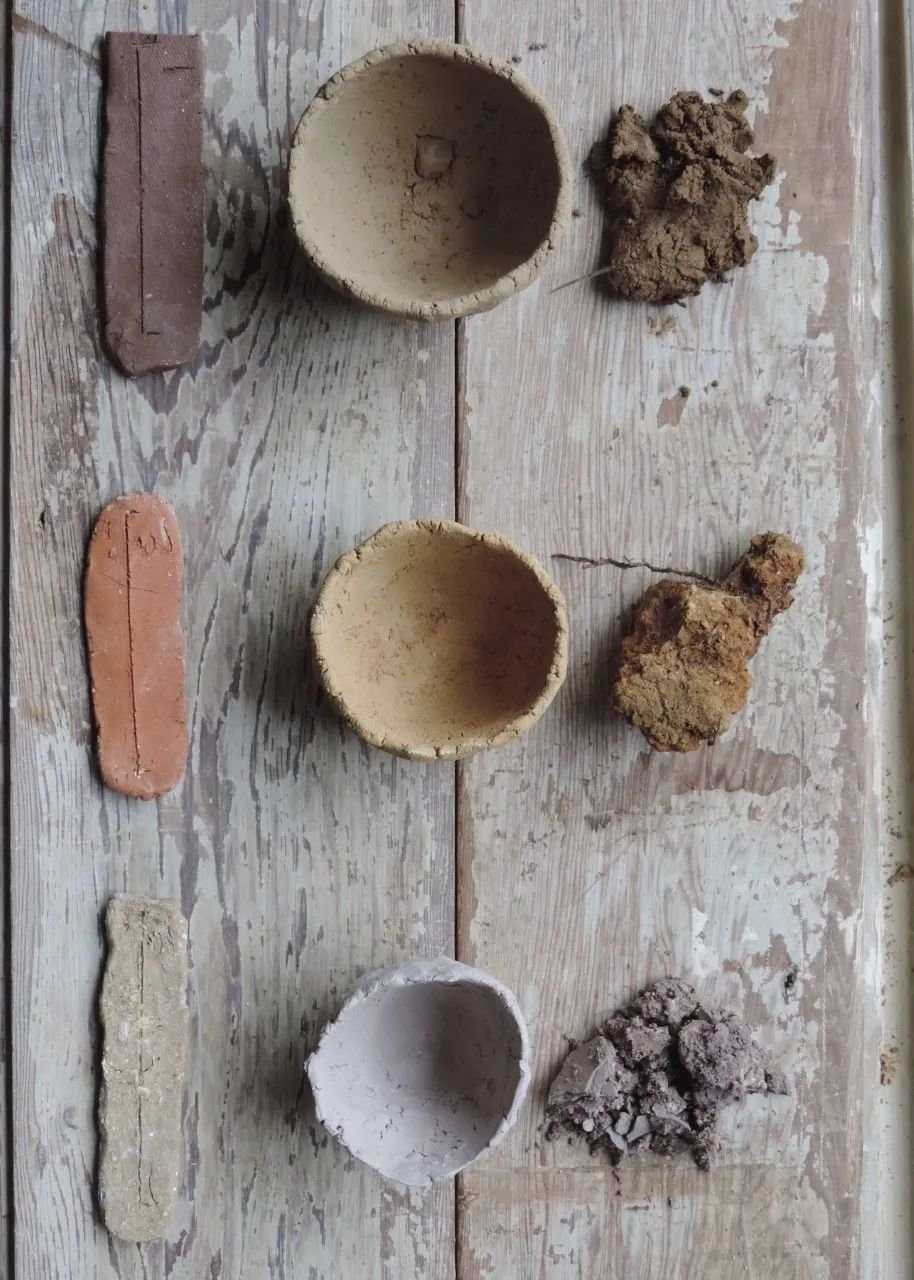
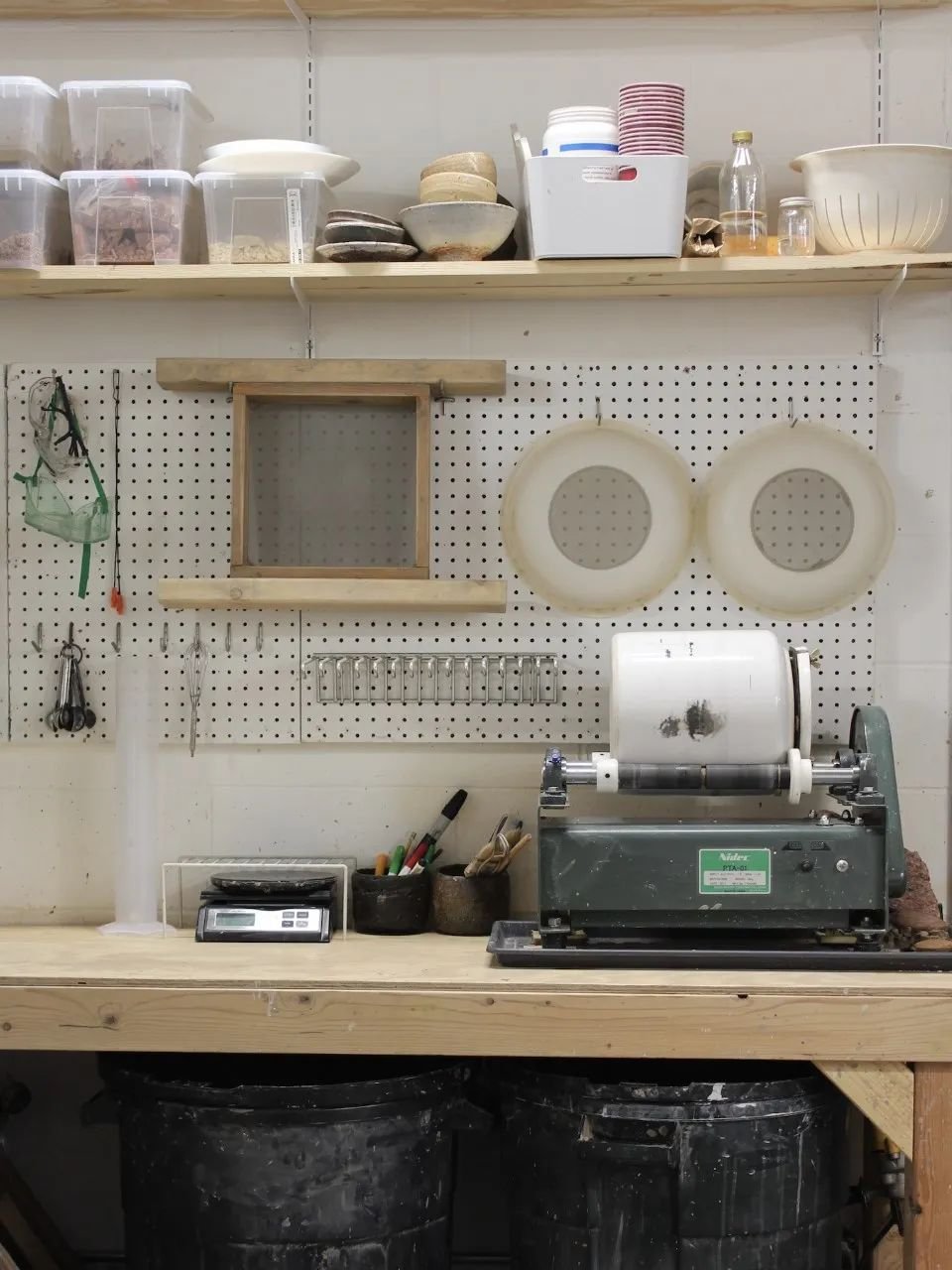
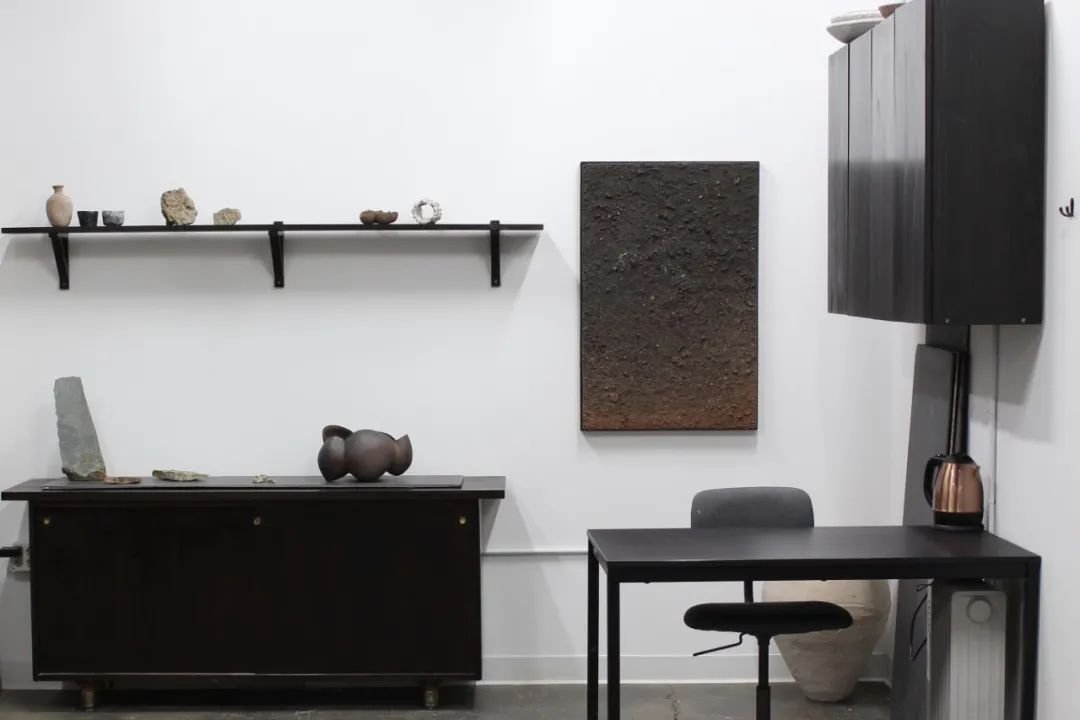
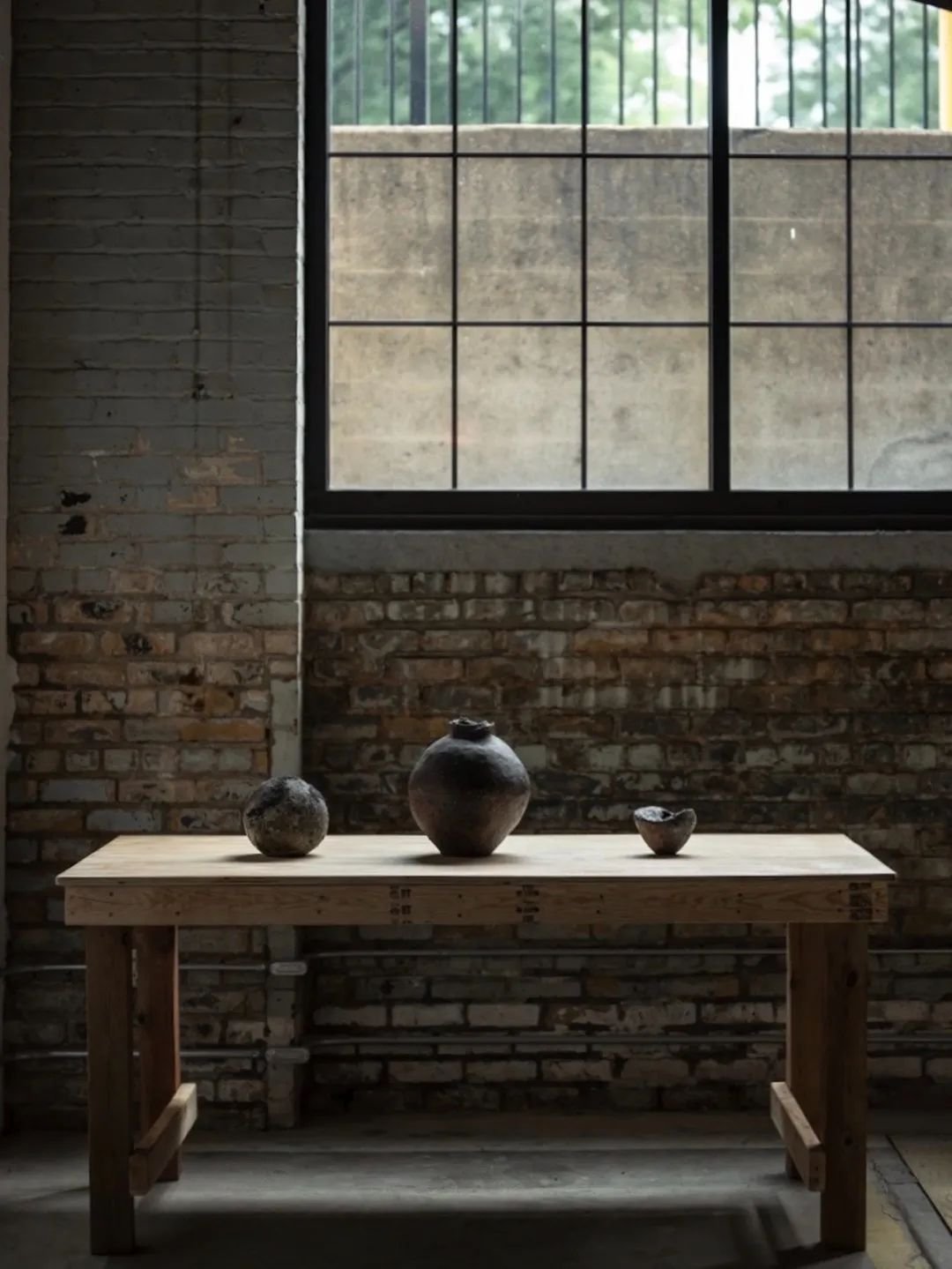
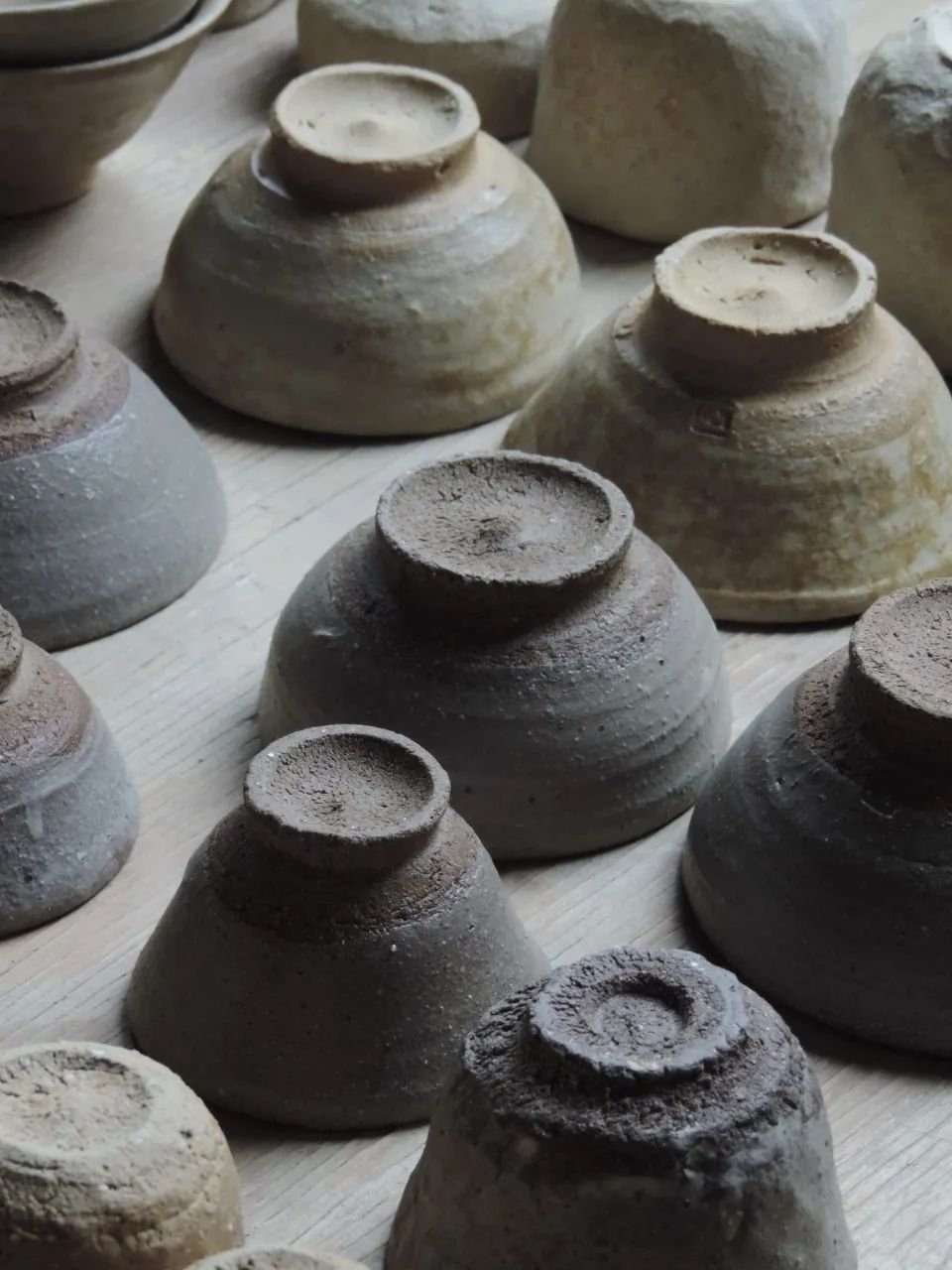
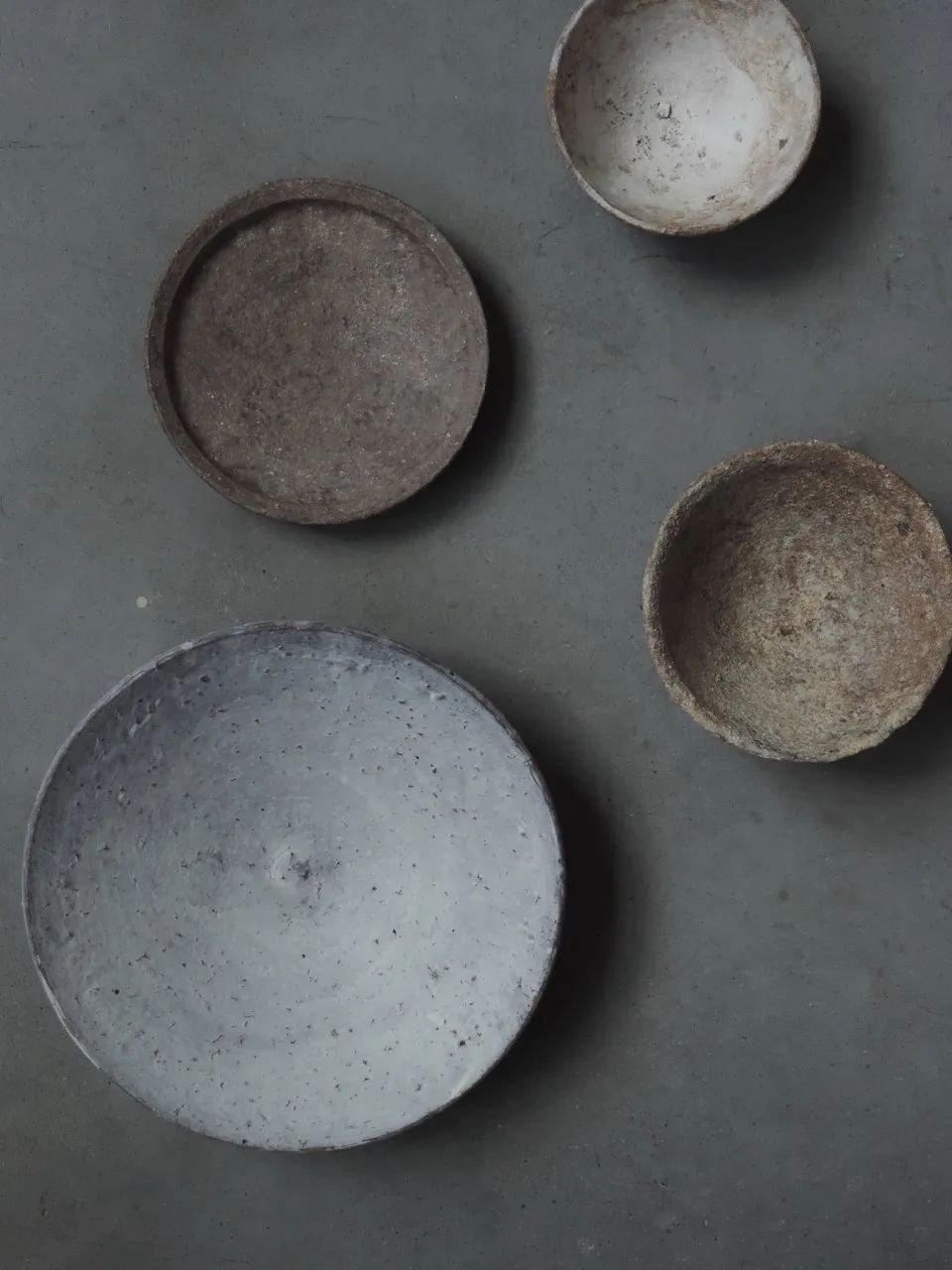
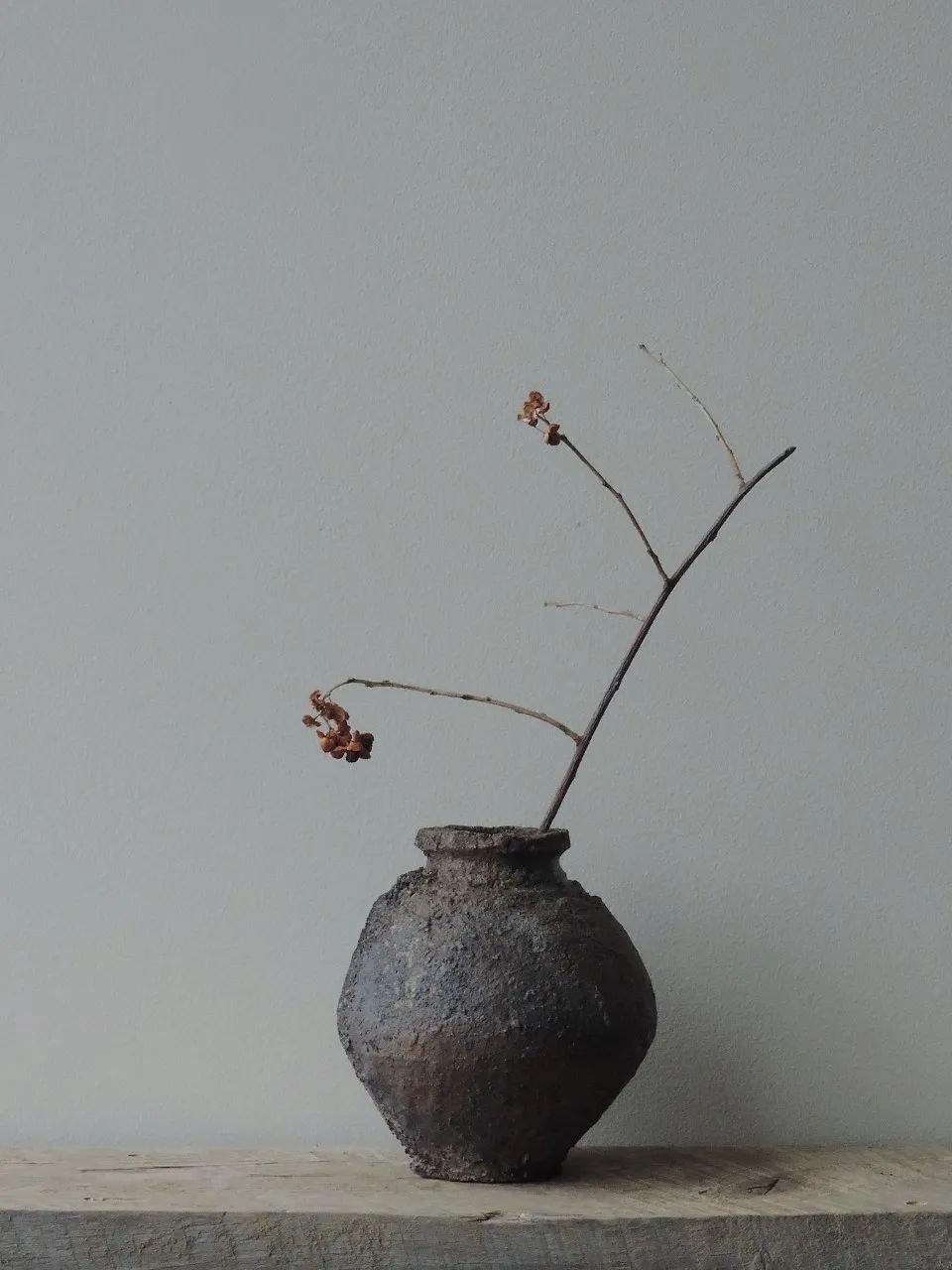
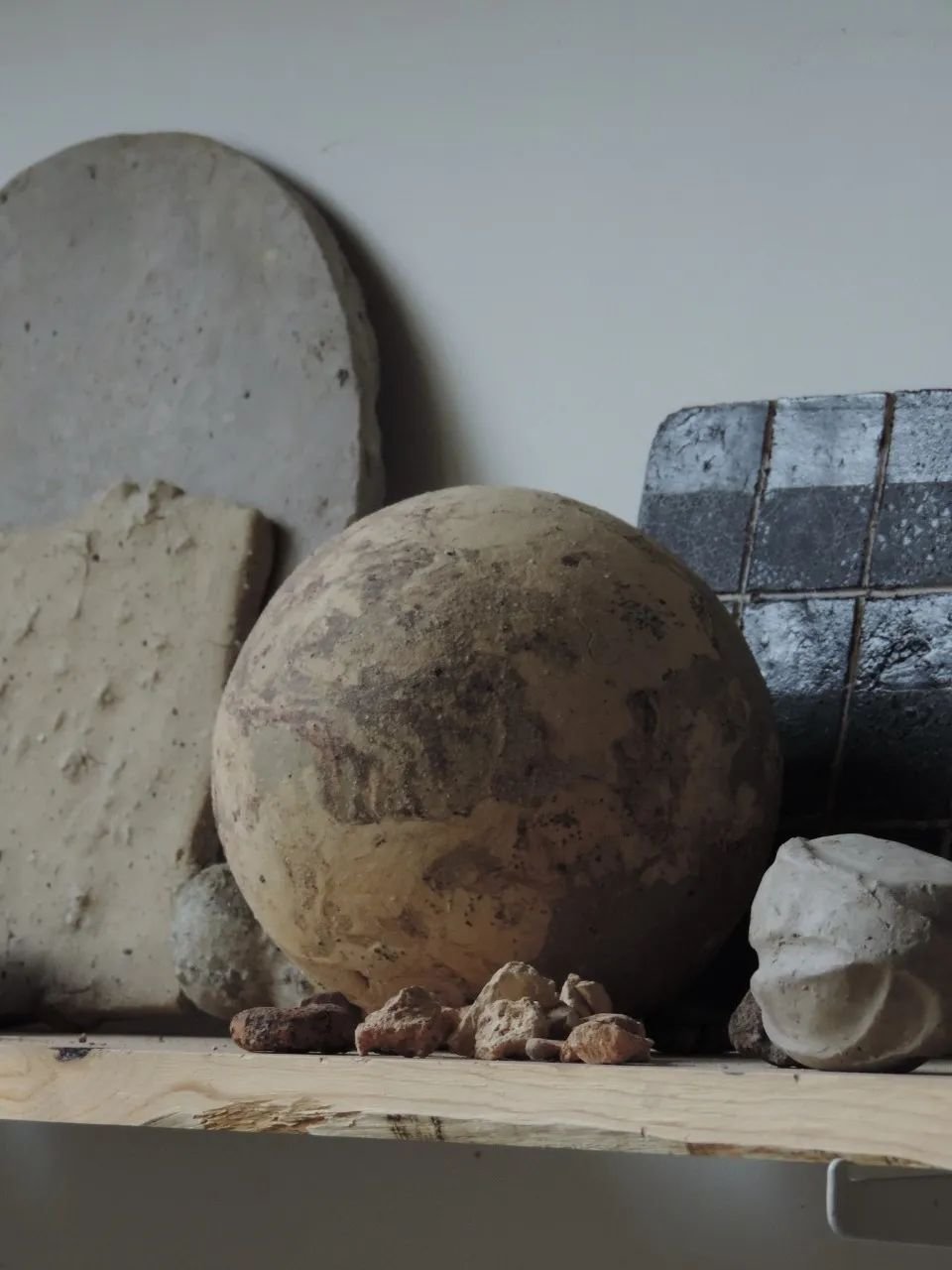
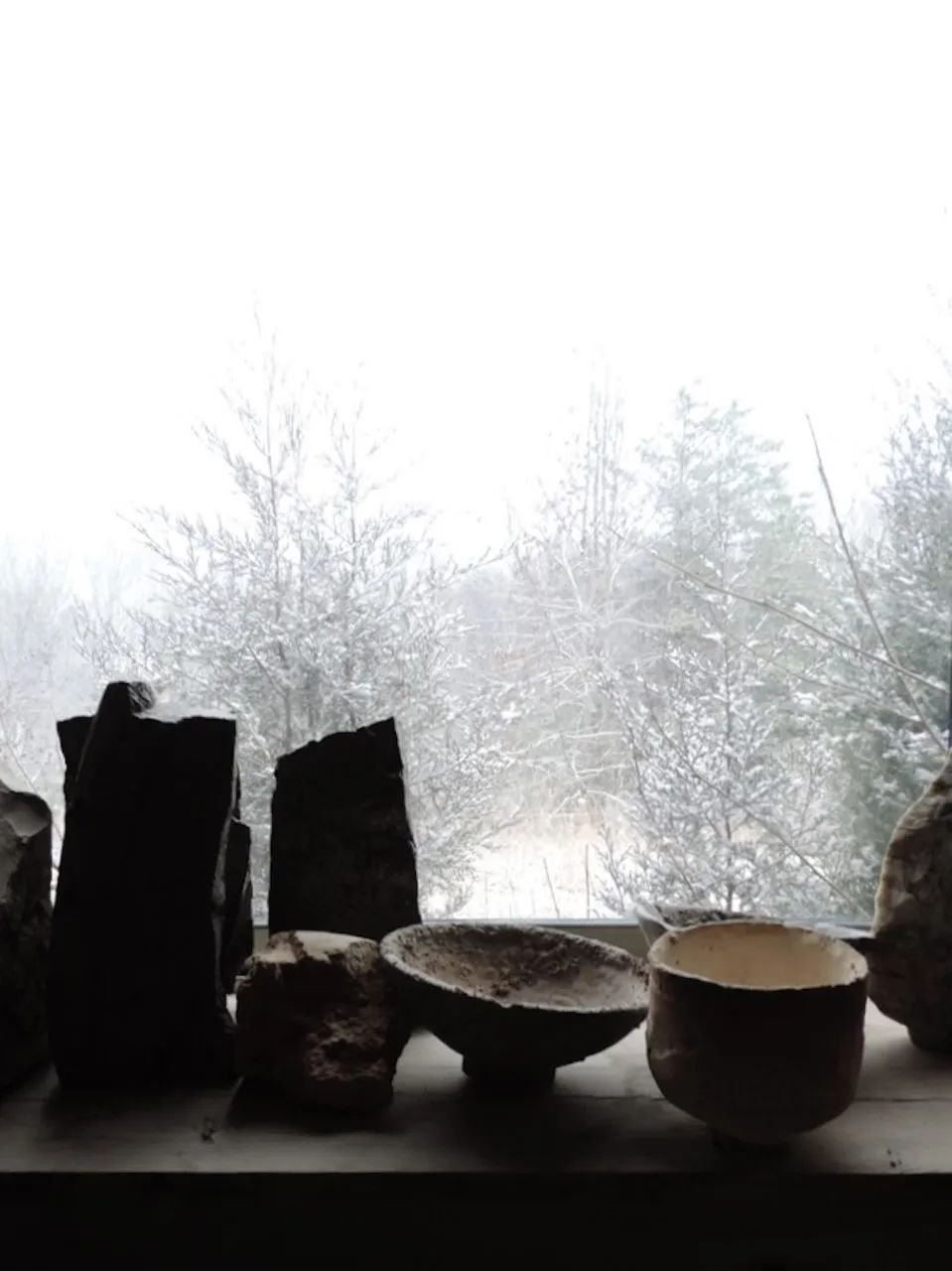
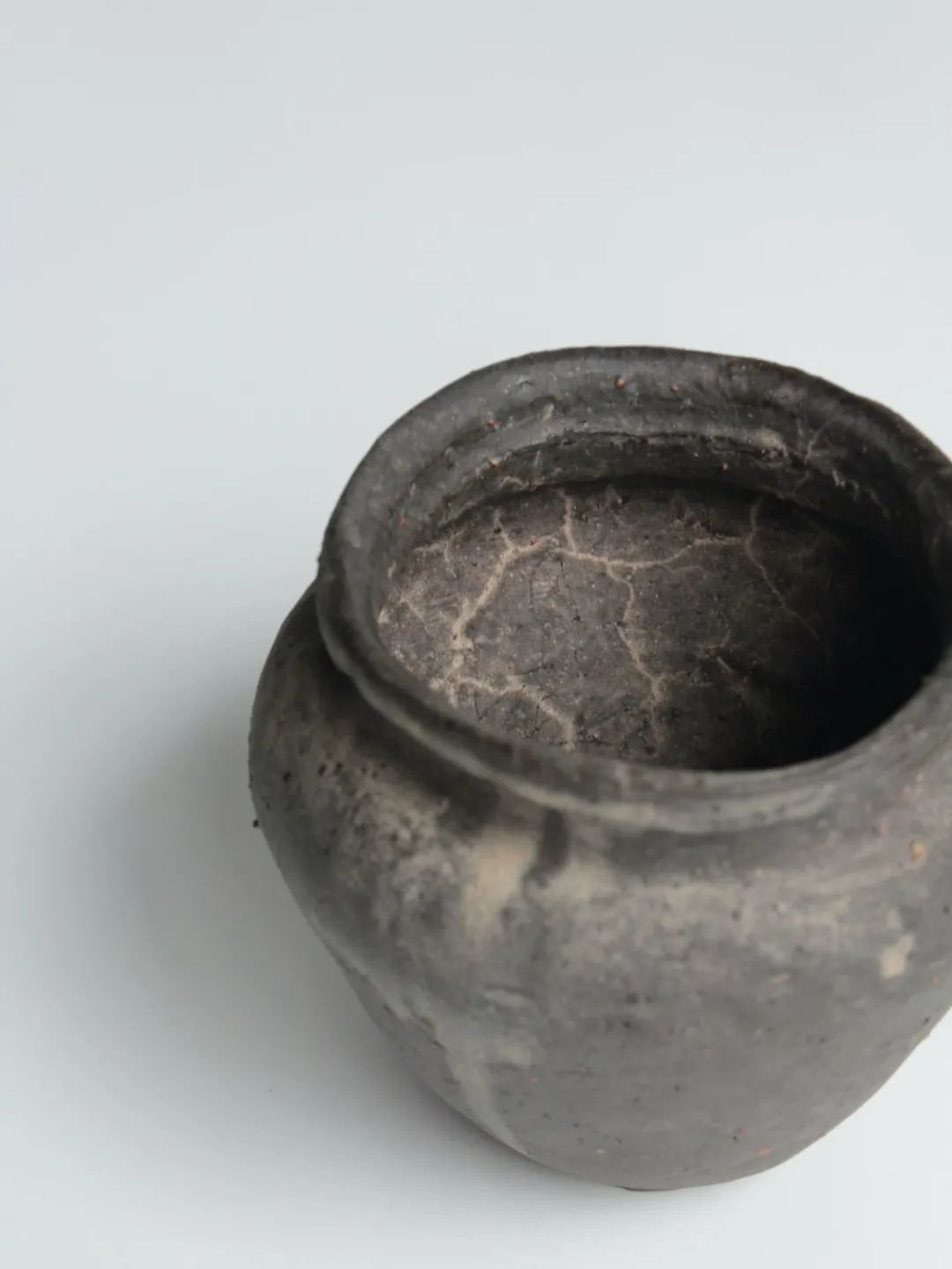
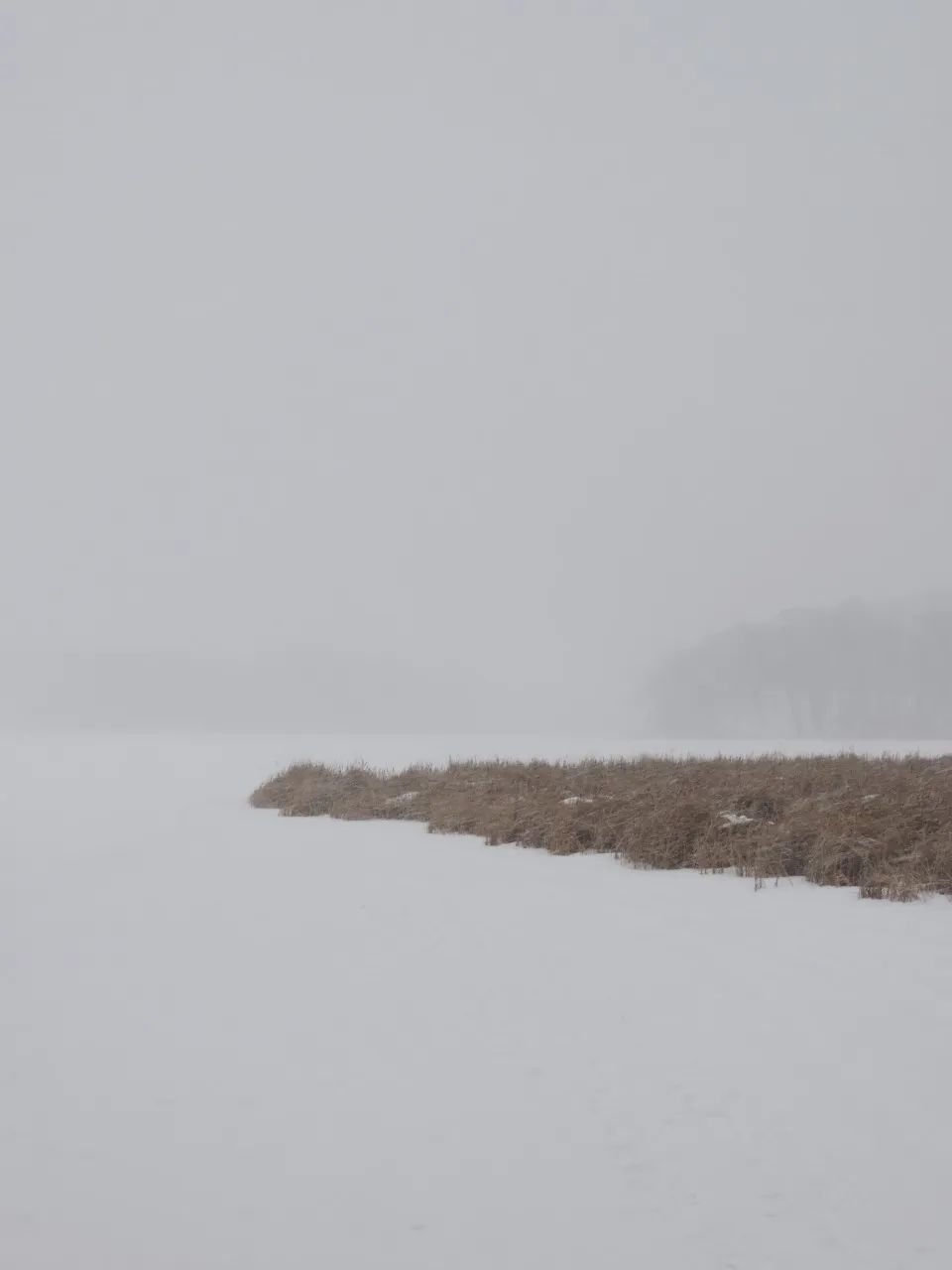
Interviews - Yushu × Mitch
Q1: What is the most challenging part of this kind of work?
I have always been fascinated by the natural world. The textures of stone, the gesture of trees, and the color of autumn leaves all convey a deep story of many unseen forces at work. The same is true for the materials I use in my studio. The clay, sand, and rocks I collect throughout Minnesota tell the story of how the landscape was formed and changed over time.
My biggest challenge is allowing the raw materials to speak for themselves and to tell their own history. This is important because I want people who use and view my work to have a strong feeling of the landscape around me. If the clay is worked too much, the voice of the earth is covered up. If it is not shaped enough, my identity is not present in the finished piece.
It has taken many years of practice to find this balance - the point where the voice of nature and maker are in harmony.
Q2: You have a very complete system of your work - vessel, painting, sculpture etc.How is your work to be connected to this kind of complete space? How can we see your situation in your work?
In my studio I create many different styles of work - tea ware, tableware, sculpture, paintings, and vessels. Each style presents unique challenges and opportunities for exploration, similar to the way different musical instruments allow a musician to create diverse sounds - The mood of each note is expressed differently based on the choice of instrument.
With many projects taking place at once, my studio often appears unfocused, but for me, this comprehensive approach is the best way to truly understand the earth and share it with others. Showcasing multiple bodies of work together is an important way of conveying my particular research process. My ultimate goal is to present the earth from different perspectives.
Q3: How long did it take to form this kind of style?
I first began working in clay 11 years ago. Over time my work has slowly evolved in response to new materials, different landscapes, and other interests. Learning about geology has been the largest and most important influence. Aside from learning about the materials themselves, many of the textures and forms I produce are directly inspired by rock features I have seen near my studio or while traveling. For example, the wave-like patterns on the opening of my vessels are inspired by layered sedimentary rocks found along the Mississippi River. These rocks once existed in flat, horizontal strata. Over time, rivers have eroded the rock into expressive gestures.
Aside from geology, my work has been greatly influenced by Asian philosophies and artworks. Early in my career I became interested in Zen Buddhism and the Way of Tea. I developed an appreciation for the tea-ware of China, Korea, and Japan and the unique traditions and ceremonies of tea preparation in each country. The philosophies and aesthetics of Tea Culture have taught me much about seeing and appreciating nature in its purest form - something very relevant both in my work and life.
Q4: Your work is very eastern aesthetic. How do you feel about the topic ‘silent language.’ And how do you interpret this topic?
There are many words to describe the expressions of the natural world, but the best way to truly understand it is to form a direct connection with nature itself. I can use the words ‘serene, peaceful, or silent’ to describe the feeling of standing deep in a forest, but these words do not communicate the full effect and feeling. When you experience it yourself, you know.
The same problem of language exists in artwork. There are many feelings which escape words but still can be recognized among people of different cultures and spoken languages. The clay vessel is a good example of this. Vessels tell us many things about ancient cultures and their technology. We can learn when, why, or how they were made by reading about their history, but there is much more to the vessel - the feeling of stillness, the awareness of passing time, the spirit of the maker, and the presence of nature itself. These are things that do not need to be written for us to understand. They are part of our language as humans.
Q5: What are your expectations for your exhibitions in China?
It’s a great honor to have been invited to hold an exhibition in China - a country that has contributed so much to the field of ceramics.
When I first saw images of Yushu I felt a strong connection to the gallery spaces, the balance with nature, and the clean, minimal approach to presenting works. As an artist deeply inspired by Asian aesthetics, finding a venue with shared values and sensibilities can be hard, especially in the United States where galleries have very different views about presentation. I’m excited to see the work displayed through the eyes of others with shared sensibilities.
In addition to vessels, I hope to showcase tea ware and unfired paintings made with stone and mineral pigments. My goal for the exhibition is to provide a more complete view of my working process.


